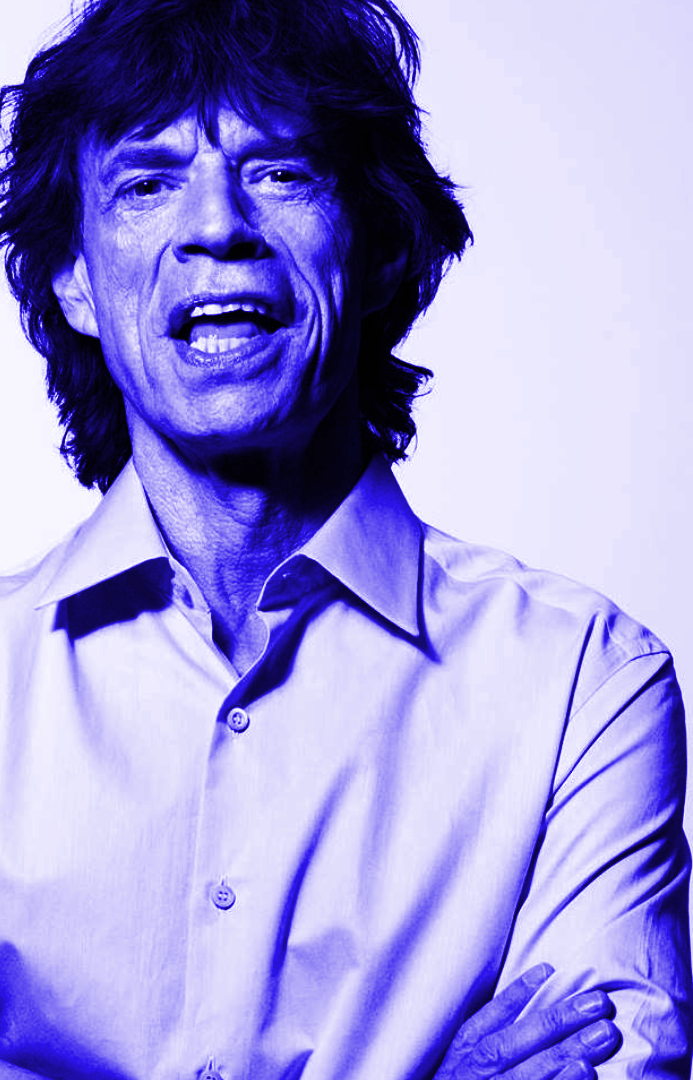OceanGate co-founder to speak at Coast Guard hearing for Titan implosion
NORTH CHARLESTON, S.C. (WCBD) – Monday’s hearing will begin with testimony from OceanGate’s Argentinian Co-Founder, Guillermo Sohnlein, who left the exploration company in 2013.
Following Sohnlein, the Coast Guard panel will hear from Roy Thomas, who represents the American Bureau of Shipping, which classes and certifies submersibles. The Titan was not classed when it imploded on its way to the Titanic.
Closing out the day, Former OceanGate Engineering Director Phil Brooks will testify about his time with the company. Brooks became engineering director after Tony Nissen, whom the panel heard from on the first day of the public hearing.
On the latest day of the hearing, a former OceanGate contractor explained how she felt when raising safety concerns. She told the panel about one instance where she was taken off the navigation team after notifying superiors of an issue with the navigation system.
Former OceanGate Marine Operations Director David Lochridge, who turned whistleblower, detailed numerous issues he fought to correct with former OceanGate CEO Stockton Rush during his testimony. He concluded by saying that if OSHA had investigated his complaint further, the Titan’s implosion may have been avoided.
LIVE UPDATES:
10:43 a.m.
“If anything happens, I want it to only impact me,” Stockton allegedly told Sohnlein before the first manned dive in the Titan.
Stockton was first and only person to go down in the Titan during the first dive.
10:42 a.m.
Sohnlein never went on dives or expeditions down in the Titan. He got into the business because he never had a desire and wanted to make room for people on the sub who wanted to go.
10:39 a.m.
Sohnlein does not know whether mission specialists were ever paid.
10:37 a.m.
It did not make sense for the pilot to have a 100 ton license to pilot the Antipodes based of its measurements and build, according to Sohnlein.
10:33 a.m.
Sohnlein says he doesn’t remember if mission specialists were on any of the Antipodes dives while was there or if anyone paid to go on them.
10:32 a.m.
Crew members spent months learning how to dive the sub doing training dives in Miami, according to Sohnlein.
10:31 a.m.
Antipodes operated in Puget Sound, Monterey, Catalina Island and Miami while Sohnlein was there.
10:28 a.m.
Sohnlein said no one from NTSB reached out to him regarding safety concerns on the submersibles owned by OceanGate. Passengers were not limited strictly to scientists on the subs while Sohnlein was there.
10:26 a.m.
Antipodes was created from a larger underwater vehicle, Sohnlein said.
10:23 a.m.
Sohnlein said the entire time he was at OceanGate the company only operated in US waters.
10:18 a.m.
OceanGate bought the Lula 500 which later turned into the Cyclops 1.
10:17 a.m.
Sohnlein said he did register Antipodes with the state of Washington during his time with OceanGate.
10:15 a.m.
Marketing people helped craft the definition a mission specialist, but regulatory people did not. He does not remember whether Antipodes was insured.
10:12 a.m.
Sohnlein testifies that there was a former Coast Guard admiral on the OceanGate board, but he never met him. He only knew Stockton thought highly of him.
10:09 a.m.
The board was there to “prepare the company for the future growth phase,” according to Sohnlein during his time.
10:08 a.m.
Sohnlein was a member of the Marine Technology Society. He did later learn about the letter of concern drafted by MTS, but he was no longer apart of the organization. He has never seen the letter.
10:06 a.m. – 10:07 a.m.
Sohnlein said the company moved operation to Miami for less than a year in 2012. He also still has shares in OceanGate.
10:01 a.m. – 10:04 a.m.
Sohnlein left OceanGate in January 2013 and the CEO title was transferred to Stockton in August 2012. He said “it made sense” for Stockton to take over as the company was transitioning into the “engineering phase.”
He said Stockton wanted him to stay, but he decided to leave because the company was not going to be operating as a business but building the sub and he wanted avoid internal conflict so he left.
As a shareholder, Sohnlein said the company paying his salary when his operations role would not really be utilized was a waste.
10:00 a.m.
OceanGate did have a board of directors while Sohnlein was there which was about 4 or 5 members with Stockton Rush as board chair. Sohnlein said he didn’t pay much attention to board dynamics.
No one on the board was responsible for regulations and compliance, he testified.
9:59 a.m.
Submersible operations were paid for by OceanGate Inc.’s budget which came from investor money during the time Sohnlein was there.
9:56 a.m.
The purpose of the OceanGate Foundation was to pay for research grants for researchers and to raise awareness dealing with education and science. One example of a way it would help was when pilots would go speak to kids at schools about ocean exploration, according to Sohnlein.
9:52 a.m.
Coast Guard documents from Aug. 2012 say the passenger for hire plan from OceanGate was denied in Miami. Sohnlein said these documents come from when he was turning the company over to Rush and OceanGate was shutting down Miami operations.
9:50 a.m.
Sohnlein said the company did not take Antipodes to Miami until they had Coast Guard approval after OceanGate shared there plans for what they were going to do there.
Sohnlein said they would not have brought the sub to Miami otherwise.
9:46 a.m.
Sohnlein questioned on specific statements made to media before beginning Miami OceanGate operations and touches on OceanGate Foundation role:
9:43 a.m.
OceanGate subs were never going to be passenger vessels. Sohnlein said all of the 6 missions he performed with Antipodes, the company sat down Coast Guard sector commanders beforehand.
9:39 a.m.
After buying the Antipodes, OceanGate brought in the man who created it and had him helped with everything involving the sub. Sohnlein also got involved in a society made for subs and regulatory compliance regarding the sub.
9:38 a.m.
Rush spearheaded the fundraising and Sohnlein was not heavily involved, he testified.
9:26 a.m.
Later in 2009 to 2010, the company explored building their own sub with a carbon-fiber hull, Sohnlein said.
9:25 a.m.
It costs millions and millions to go diving in a sub. The model for OceanGate was to make diving more accessible for people and make it to where people could pay to go on instead of having to buy the sub, the support vehicle, and maintenance, etc.
9:19 a.m. – 9:23 a.m.
Sohnlein said developing subs was not in the original plans for OceanGate. Stockton was supposed to fund the company and Sohnlein was going to develop.
The company bought the Antipodes to learn the inner workings of subs. The business plan was to charter deep-diving subs not building them, according to Sohnlein.
9:15 a.m.
Sohnlein describes the original mission for OceanGate in depth and the costs and effort it takes to have working deep diving submersibles as well as the relationship between a sub and its support vessel:
9:13 a.m.
The vision of OceanGate was to create 4 or 5 deep diving submersibles that could carry 5 people and would be available for charter, Sohnlein said.
9:12 a.m.
OceanGate LLC was founded around October 2009 in Everett, Washington, according to Sohnlein.
9:08 a.m.
Sohnlein said he was first introduced to submersible in 2008. He and Stockton Rush met in the summer of 2009.
9:03 a.m.
Sohnlein details his professional background.
9:00 a.m.
Sohnlein called to the witness stand.
8:35 a.m.
Recess called until 9 a.m.
8:34 a.m.
The Coast Guard reviewed former OceanGate contractor Antonella Wilby’s NDA and determined it did not prevent her from sharing safety concerns.
STAY CONNECTED: Receive news alerts from this hearing and watch it on the go with the NEWS 2 APP (download it here). You can also subscribe to daily emails for the latest news on the titan hearings.
Click Here for the Full Article
Author: Jameson Moyer







